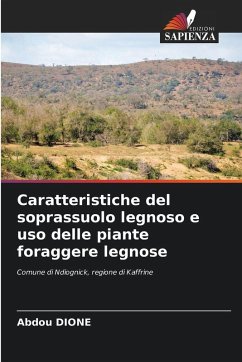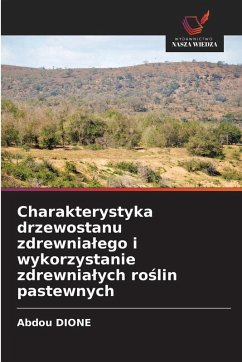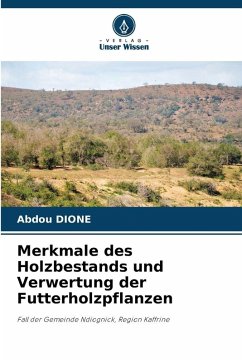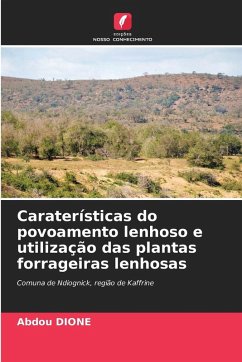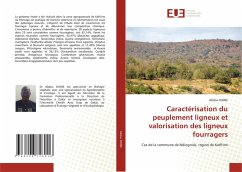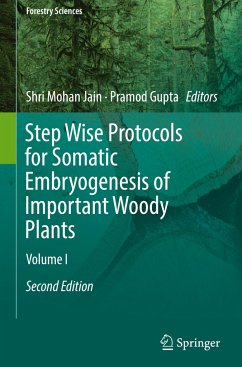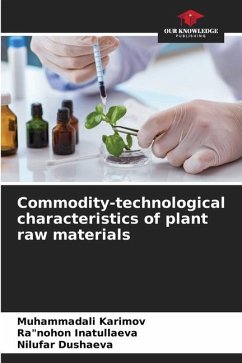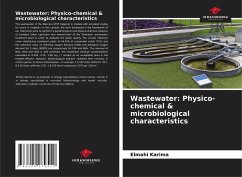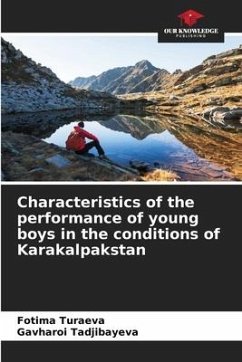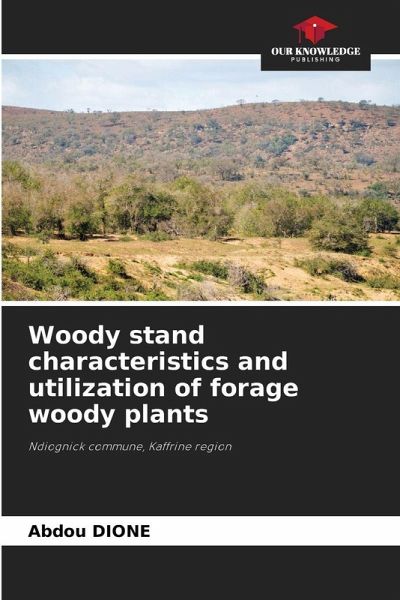
Woody stand characteristics and utilization of forage woody plants
Ndiognick commune, Kaffrine region
Versandkostenfrei!
Versandfertig in 6-10 Tagen
53,99 €
inkl. MwSt.

PAYBACK Punkte
27 °P sammeln!
The present study was carried out in the agropastoral area of Kaffrine, where livestock production is extensive and feed is derived from natural pastures. The aim of the study was to characterize woody forages and determine their chemical composition. The inventory identified and listed 28 woody species, of which 23 (82.14%) were considered as forage. Of the species identified as forage, 43.47% (Balanites aegyptiaca, Adansonia digitata, Tamarindus indica, Guiera senegalensis, Terminalia macroptera, Faidherbia albida, Prosopis africana, Ficus capensis, Ziziphus mauritiana and Sterculia setigera...
The present study was carried out in the agropastoral area of Kaffrine, where livestock production is extensive and feed is derived from natural pastures. The aim of the study was to characterize woody forages and determine their chemical composition. The inventory identified and listed 28 woody species, of which 23 (82.14%) were considered as forage. Of the species identified as forage, 43.47% (Balanites aegyptiaca, Adansonia digitata, Tamarindus indica, Guiera senegalensis, Terminalia macroptera, Faidherbia albida, Prosopis africana, Ficus capensis, Ziziphus mauritiana and Sterculia setigera) are highly palatable and 17.40% (Heeria insignis, Piliostigma reticulatum, Terminalia avicennioides and Acacia seyal) are palatable and 39.13% (Anacardium occidentale, Cordyla pinnata, Anogeissus leiocarpus, Combretum glutinosum, Acacia ataxacantha, Azadirachta indica, Acacia nilotica, Eucaluptus alba, Securidaca longepedunculata) are poorly palatable.



